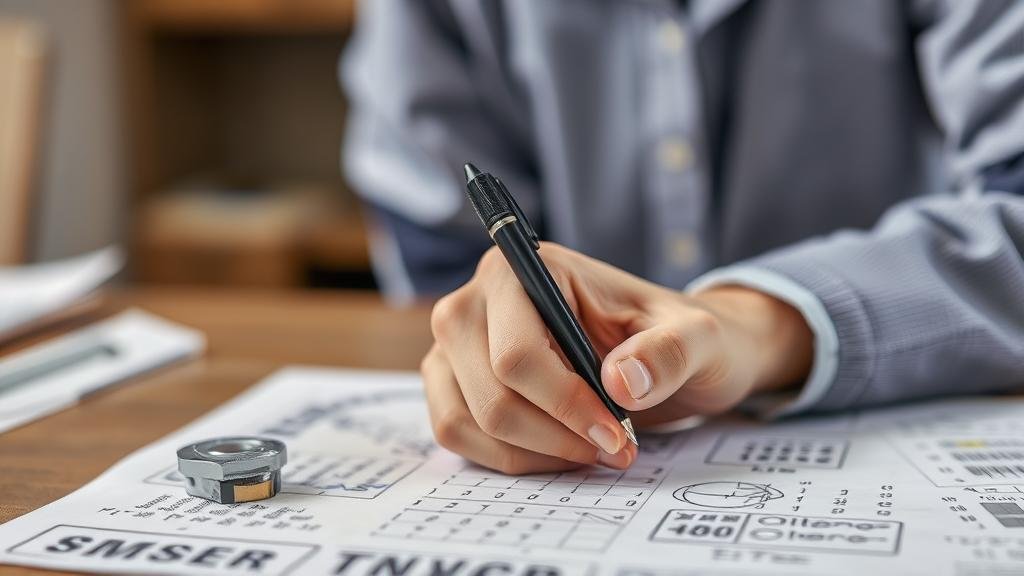Decoding Cryptic Clues With Logical Interpretation Techniques
Decoding Cryptic Clues With Logical Interpretation Techniques
Cryptic clues present a unique challenge in the realm of puzzles, requiring not only a mastery of language but also a strong command of logical deduction. Unlike straightforward clues, cryptic clues mask their meanings, relying on wordplay, synonyms, and obscure references. This article delves into the logical interpretation techniques essential for solving these intricate enigmas.
The Anatomy of Cryptic Clues
To effectively decode cryptic clues, one must first understand their structure. Most cryptic clues consist of two parts: a definition and a wordplay element. The definition typically appears at the beginning or end of the clue, while the wordplay provides a playful twist on the letters or words involved in the answer.
- Example: In the clue Time for a drink (6), the answer is Tea (as in time) + for + a to create Teat (a type of drink).
- Breakdown: Time acts as the definition, while a drink reinforces the answer in a different context.
This dual nature makes cryptic clues particularly engaging, as they require solvers to engage with both the literal and the lateral interpretations of language.
Logical Interpretation Techniques
Logical interpretation techniques can simplify the process of decoding cryptic clues. Here are some of the most effective strategies employed by seasoned solvers:
- Identifying Key Indicators: Certain words signal specific actions within clues. For example, around suggests an enclosing letter, while about typically signals an anagram. Recognizing these indicators can streamline the solving process.
- Recognizing Synonyms: Many clues involve synonyms where a word playfully substitutes for another. Having a rich vocabulary can aid significantly in swiftly identifying these alternatives.
- Using Patterns: Many solvers find it helpful to focus on the length of the answer and any patterns that can be derived from known letters. For example, if the answer is five letters long and one letter is already known, listing potential words can reveal the answer.
Practical Application and Examples
In practice, these techniques can lead to breakthroughs when approaching specific examples of cryptic clues. Consider the clue: Endlessly insightful, a lab animal (4). Here, the answer is Rat. Lets analyze:
- The definition part of the clue is lab animal, which directly points to the answer.
- Endlessly insightful suggests a process of trimming a word. If we take smart (insightful) and remove the last letter, we are left with smar, which does not directly help, but reinforces the need to search synonyms.
- When we consider the a lab animal as a whole, it leads us to the simpler solution of Rat.
This example illustrates how a logical approach, alongside practical techniques, can lead to success in cracking cryptic clues.
Common Pitfalls and How to Avoid Them
While decoding cryptic clues can be a rewarding endeavor, solvers often fall into common traps. Here are a few pitfalls and strategies to avoid them:
- Overthinking: It is easy to become overly complicated in thought. Remember that many cryptic clues rely on simple puns or straightforward definitions. Keeping solutions simple can lead to clearer answers.
- Mismatched Definitions: Sometimes, solvers may misinterpret the definition. Cross-referencing with known answer length and content can help solidify understanding.
- Ignoring the Context: Whenever a clue presents what seems like a random word, consider context clues provided by surrounding crossword entries. Context often provides the additional insight needed to complete the clue.
Actionable Takeaways
In summary, decoding cryptic clues requires a blend of logical interpretation techniques and an understanding of the languages nuances. By honing skills such as identifying key indicators, recognizing synonyms, using answer patterns, and steering clear of common pitfalls, one can transform a challenging puzzle into an enjoyable exercise in lateral thinking.
Engage regularly with cryptic puzzles to develop these skills, as practice plays an essential role in mastery. Over time, you will unlock the satisfying thrill of solving what initially appeared to be a riddle, enhancing both your problem-solving abilities and linguistic dexterity.



